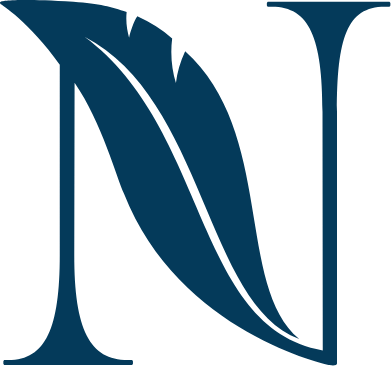What Can I Do to Alleviate Substance Cravings and Urges?
In a bizarre and cruel twist of fate, cravings for substances can be at their strongest during treatment and recovery from addiction to those substances. However, cravings are a natural part of the detox process. The substances that have been stored in the body are being released and make their way through the bloodstream to be eliminated from the body. Uncomfortable as this may be, it’s also a necessary part of the process. Those undergoing treatment and recovery must be prepared for cravings and urges so they can deal with them when they come.
Removing Access to Substances
As obvious as it may seem, the first way to avoid giving in to temptation is to remove it altogether. It’s a lot easier to say “no” to a craving when a substance isn’t available. To this end, all traces of the substance should be cleared out of the home, even if the substance is legal or if family members partake of the substance without a problem. Out of respect for the person in recovery, it’s best to prevent access to the substance altogether.
Similarly, access to people who could provide the recovering individual with substances should also be closed. This may require restricting that person’s phone usage. In extreme cases, access to funds may need to be restricted, to prevent the person from buying more of the substance. This sends a clear message that giving in to an urge or craving is not an option.
Replace Substances With Natural Feel-Good Chemistry
When a craving or urge kicks in, the first thing to do is breathe. Breathe deeply, and count slowly to ten. This deep breathing exercise can help regulate an individual's system so they feel relaxed and more in control of themselves. It also brings them into the present moment and interrupts the pattern of having a craving followed by giving into it. Now they have the space to make a choice that’s in alignment with the life they really want rather than what's familiar.
There is one thing in particular that individuals can do to align themselves with a healthy life. Additionally, this activity can also make people feel good naturally. This is exercise, which sends a rush of endorphins through the bloodstream. These endorphins provide a sort of natural high feeling, which is a reward for doing something beneficial to one's well-being.
Going to the gym isn't for everyone, and it's not the only way to exercise. Rather than the gym, individuals could try going for a long walk in a natural setting instead, especially those who live near a waterfall. The atmosphere surrounding waterfalls is filled with healthy negative ions. These can neutralize the toxic (positively charged) free radicals in an individual's body. This is one reason why people feel so good when they’re visiting waterfalls. Even for those who don’t have a waterfall nearby, walking among trees has its own healing benefits, which is why “forest bathing” is an ancient practice in Japan.
Over-The-Counter Medication for Substance Craving Relief
The magic-pill mentality isn’t something to depend on for the long term. Further, it may even partly be what contributes to addiction in the first place. However, sometimes a person needs some extra help dealing with chemical cravings. For that reason, scientists have discovered that the chemical compound, N-acetylcysteine (NAC) can help manage cravings.
Studies have shown that NAC safely reduces symptoms of cravings in those who are in recovery. This medication is available over the counter and can be purchased easily and inexpensively online. However, it’s important to discuss this medication with a treatment professional before using it, just like with any other medication.
Mindfulness Programs
Researchers have concluded that a formally-structured program that combines mindfulness with cognitive-behavioral therapy (CBT) has a significant effect on cravings reduction. Importantly, informal mindfulness programs did not produce the same results. Key to the success of such programs is the combination of, and the interplay between, both modalities. Additionally, patient participation for a set amount of time per day, and a set amount of days per week is an important factor.
A structured mindfulness and CBT program may also have the benefit of keeping the patient focused on recovery. Such a program encourages participants to use their brain power to build up their new life, which may indirectly reduce cravings too. The more individuals replace the old with the new, filling their lives with good things, the less attached they feel to their past life. They can ride the momentum of healthy life choices so that cravings are only minor obstacles to blast through. They no longer have the power to derail the individual.
Dealing successfully with cravings is one of the most critical parts of recovery from substance addiction. Without support in place to effectively manage cravings, the likelihood of relapse is high. For this reason, a planned approach to craving management should be built into all treatment and recovery programs. If you or someone you love needs assistance in dealing with cravings or urges for substances, contact Next Level Recovery Associates. We specialize in creating custom treatment plans that work specifically for each unique individual. Whatever substance cravings and urges you are dealing with, we have the tools and resources to meet you where you are and help you get to where you need to be. Contact us today at consult@nextlevelra.com to learn more about how we can help you effectively deal with cravings so you can level up in your life.
